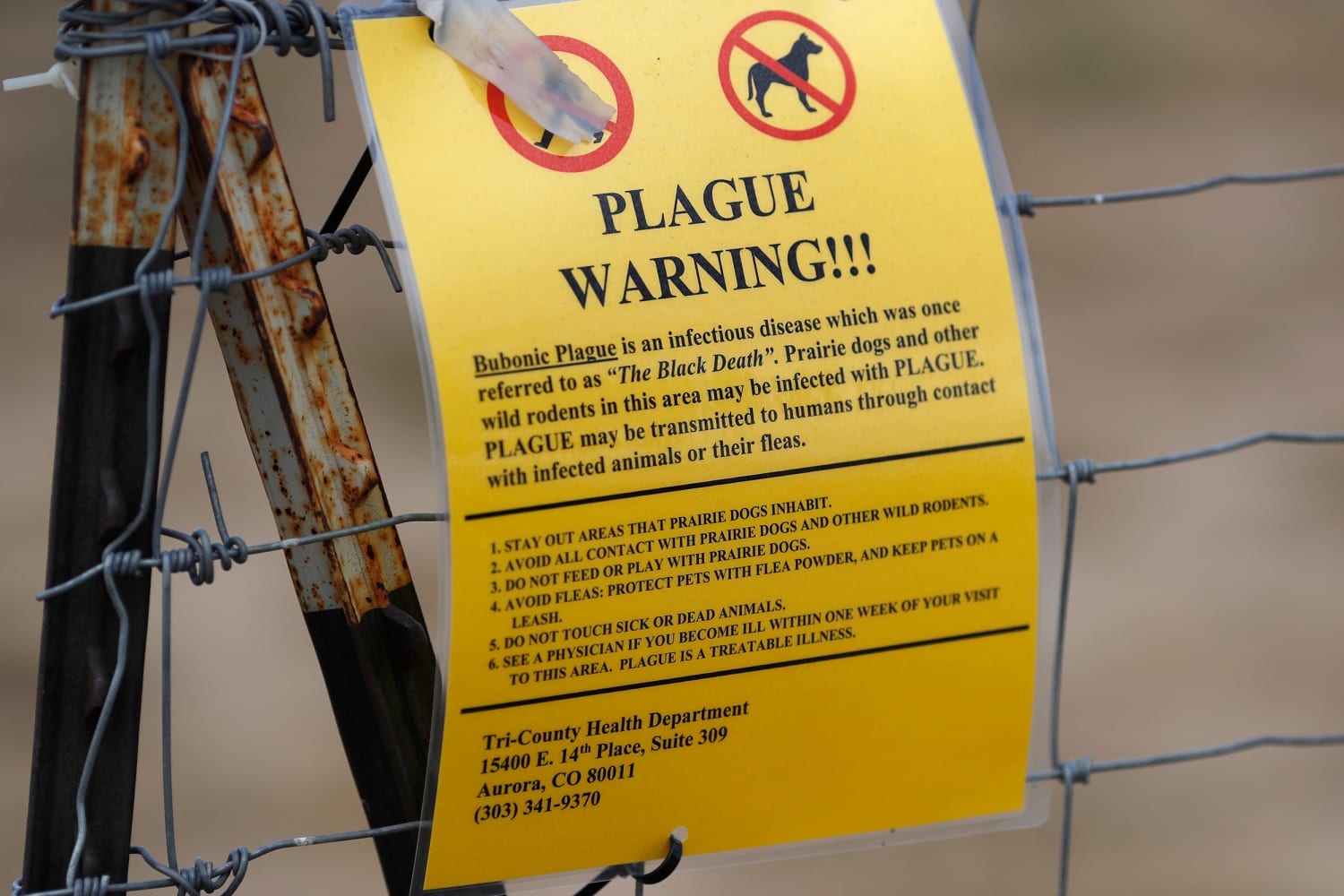Bubonic plague Also Known As The Black Death cases In Colorado
Bubonic plague Also Known As The Black Death cases In Colorado

In a surprising turn of events, a case of bubonic plague has been confirmed in Colorado, USA. This once-prevalent disease, infamous for its devastating impact during the Middle Ages, has resurfaced, albeit rarely. In this blog, we explore the recent case, the historical context, and the ongoing risks associated with bubonic plagu.
The Black Death Revisited
- Historical Significance:
- Bubonic plague, commonly known as the Black Death, wreaked havoc across Europe and Asia in the 14th century.
- Millions of people succumbed to the disease, wiping out entire generations.
- Silk Road Spread:
- The Black Death originated along the Silk Road, the ancient trade route connecting China and Europe.
- It claimed approximately 50 million lives in Europe during the 14th century.
- Resurgence and Global Impact:
- Outbreaks recurred in subsequent centuries, affecting millions more.
- Asian port cities, including Hong Kong and Bombay (now Mumbai), faced bubonic plague outbreaks in the late 19th century.
Modern Challenges
- Colorado’s Recent Case:
- A person in Pueblo County, Colorado, has been diagnosed with bubonic plague.
- While rare, the disease still poses a serious risk, especially for populations living near infected rodents.
- Transmission and Prevention:
- Bubonic plague spreads through fleas that infest rodents, such as prairie dogs.
- Public health officials emphasize precautions: avoid exposure to rodents, treat pets for fleas, and maintain hygiene.
- Antibiotics and Vigilance:
- Unlike medieval times, we now have antibiotics to treat the plague.
- Vigilance remains crucial, especially in regions where infected rodents persist.
Here are some key points:
- United States:
- Most human cases occur in specific areas:
- Northern New Mexico, northern Arizona, and southern Colorado.
- California, southern Oregon, and far western Nevada.
- On average, the U.S. reports about seven human plague cases per year.
- Most human cases occur in specific areas:
- Worldwide:
- Recent epidemics have occurred in Africa, Asia, and South America.
- However, since the 1990s, most human cases have been reported in Africa.
- The three most endemic countries are the Democratic Republic of Congo, Madagascar, and Peru.
Conclusion
The reappearance of bubonic plague serves as a stark reminder that historical diseases can resurface. While we’ve made progress, we must remain vigilant to prevent further outbreaks.








